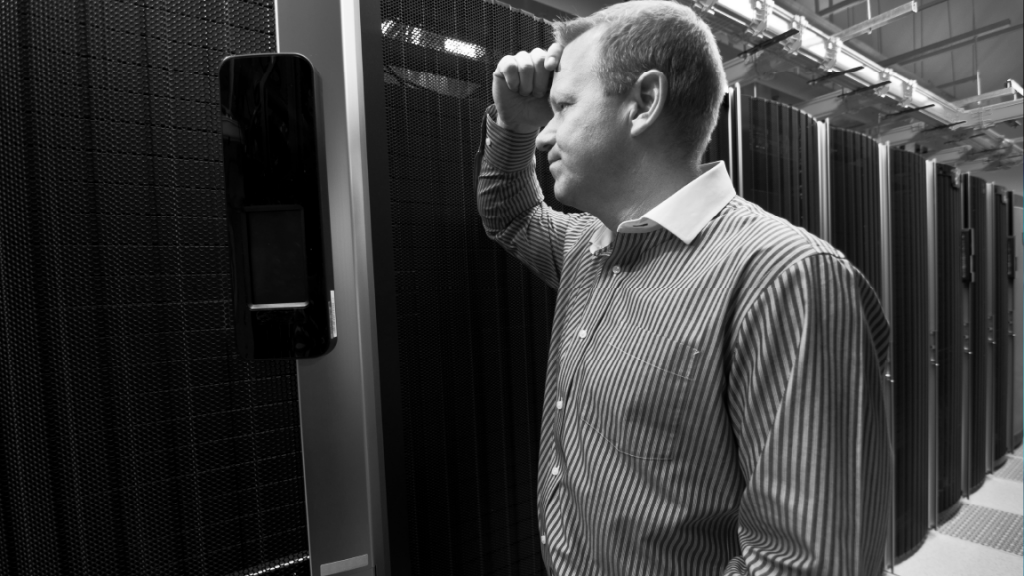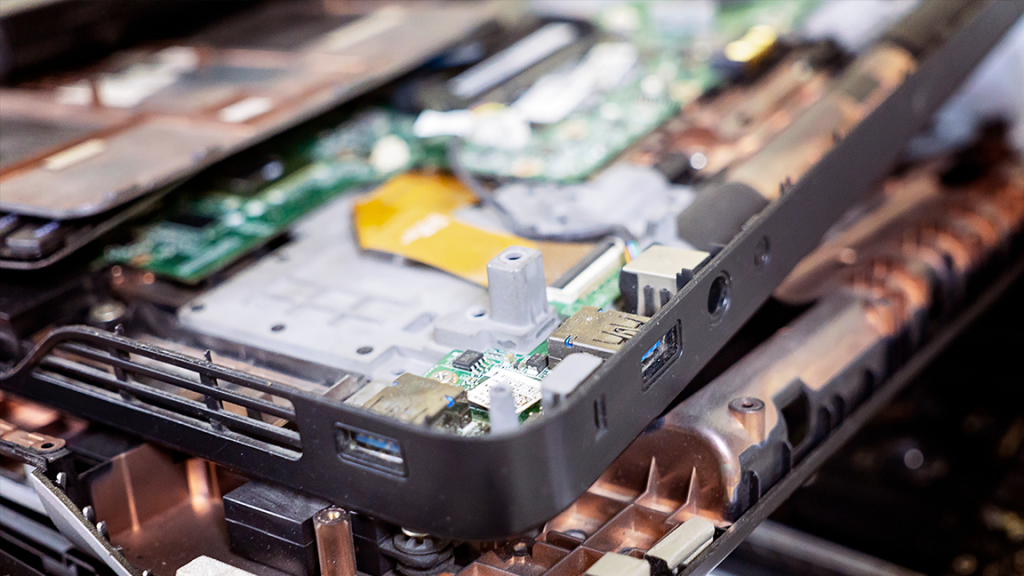Unplanned downtime is a serious challenge for enterprises. While many outages last only a few minutes and have a limited impact on performance, major outages can disrupt operations and result in significant and lasting consequences.
When choosing a data center provider, enterprises must consider factors such as performance and scalability, physical security and access, proximity to full-time staff, and the level of available support. In addition, enterprises must determine the level of fault tolerance and resiliency built into the data center.
Like anything else, there is a trade-off between cost and redundancy, and getting the balance right will differ depending on the enterprise, the industry it operates in, and the budget available for the project.
This article will highlight some of the costs of downtime before explaining the four Uptime Institute data center tiers and how an enterprise can determine the right tier for its needs.
Downtime Is Getting More Expensive
A sudden outage can leave an organization scrambling to respond. While the frequency of outages has varied year-over-year, troubling trends suggest that severe outages are having a greater impact.
A 2022 report found that 80 percent of data center managers and operators experienced an outage in the past three years. This is up from 60 percent in 2021, but in line with the 78 percent reported in 2020.
However, the cost of outages has increased significantly over that time. Over 60 percent of failures resulted in at least $100,000 in total losses, while nearly half of all outages were classified as significant or severe, meaning they had major financial, reputational, or other long-term consequences. Nearly 30 percent of major outages in 2021 lasted more than 24 hours, up from only 8 percent just four years earlier.
Beyond the immediate financial costs, a recent survey found that 37 percent of small and medium businesses lost customers due to downtime, a number that grew to 46 percent of B2B businesses. Enterprises have also reported lost employee productivity, lasting reputational damage, lost or unrecoverable data, and disrupted operations. In highly sensitive industries, enterprises may also risk fines or other regulatory penalties.
The Uptime Institute Data Center Tiers
The Uptime Institute tiers are assigned based on the level of redundancy built into the data center and its ability to protect against failures.
A Tier I data center provides the most basic levels of protection, including basic redundancy against outages in the form of an uninterruptible power supply. For some applications, this can be sufficient, with around 29 hours of downtime per year.
Tier II data centers offer greater redundancy, including engine generators, dedicated chillers, and improved energy storage, bringing downtime down to around 23 hours per year.
A significant jump occurs with a Tier III data center, which lowers downtime to only 95 minutes per year through the use of redundant components and power distribution paths. Maintenance and upgrades can be conducted without the need for a planned outage.
Finally, a Tier IV data center provides the highest levels of fault tolerance and redundancy. Everything is dual power, with multiple independent and isolated systems to mitigate the risk of a problem spreading. These added features bring downtime to around 26 minutes each year.
Mitigating the Risk of Downtime With Data Center EF&I
A 2021 survey found that 76 percent of operators thought their most recent downtime was preventable. And if you’ve ever been in a dusty server room with a tangled mess of cables, you can understand how outages can be the result of a poorly designed and maintained data center.
Engineer, furnish, and install (EF&I) services mitigate the risk of downtime through effective design, procurement, and deployment of IT and critical infrastructure. With a well-designed and maintained data center, issues are less likely to occur. And if an issue is detected, IT staff can diagnose the problem and conduct a repair far more effectively in a clean, properly laid out, and well-documented facility.
Choosing the Right Data Center Tier for Your Business
While the highest tiers offer the greatest fault tolerance, there is always a trade-off between cost and resiliency. Not all enterprises truly require that level of redundancy, and many will find that a Tier I or Tier II data center more closely aligns with their budget and strategic objectives.
Through proper planning, an enterprise can align the technology with its business goals, performance requirements, and future needs. An organization in a highly regulated and sensitive industry, such as finance or government, for example, may require greater reliability. On the other hand, a mid-sized retailer or software company may not need to justify the added expense.
Work with your EF&I services partner to determine the level of fault tolerance appropriate for your business before jumping into the design, procurement, and installation phases of the project.
To learn more about data center EF&I and the key factors when choosing a data center provider, download our recent white paper: 5 Things Enterprises Need to Know When Selecting a Data Center Provider




